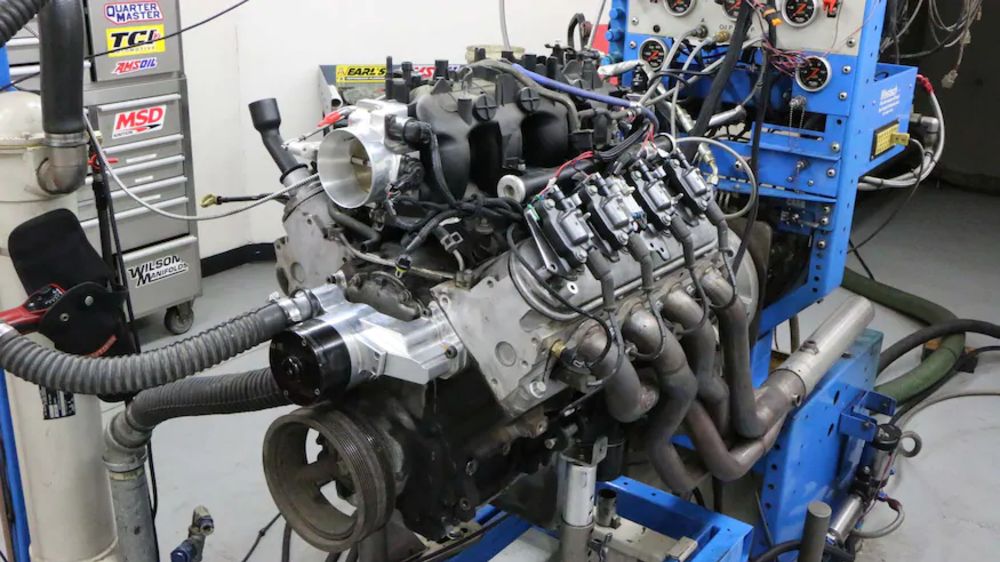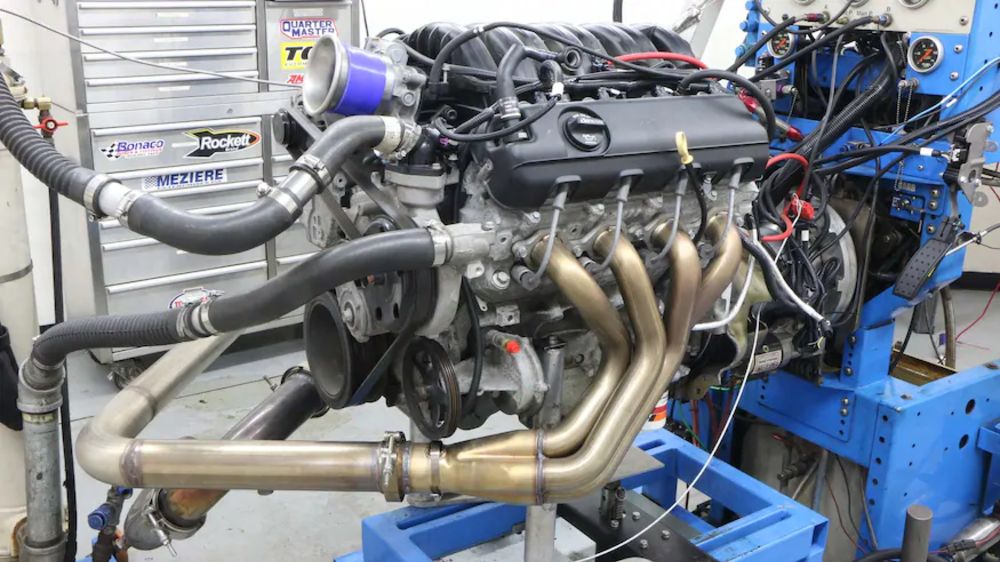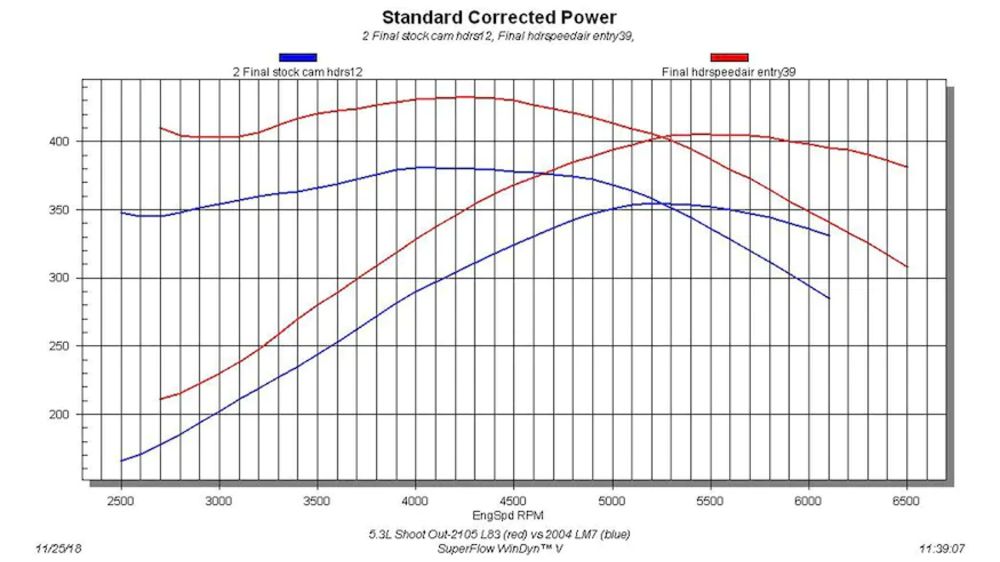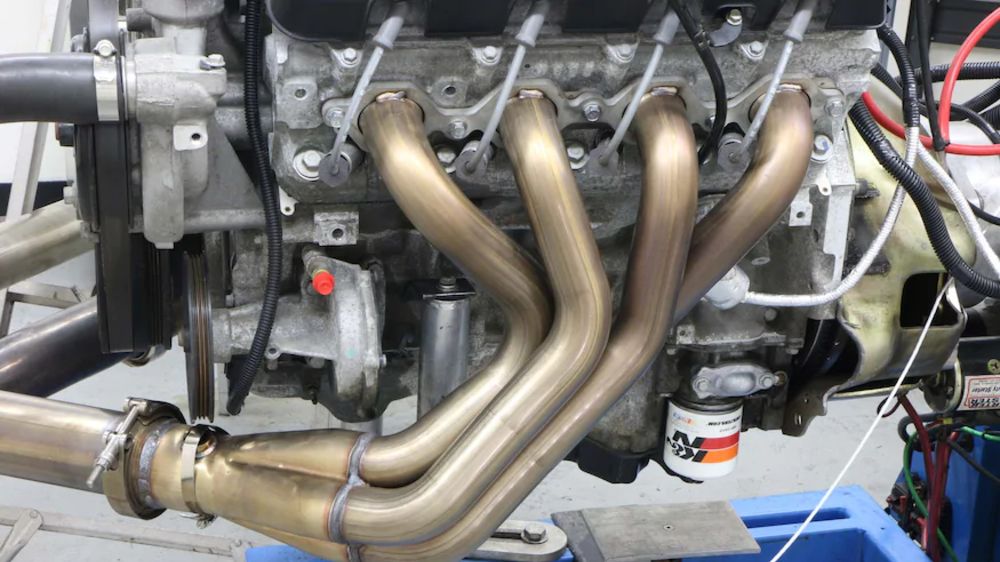‘Hot Rod’ Dyno Tests Direct Injection L83 5.3-liter

Direct injection (plus a few other factory tweaks) makes for impressive power, but don’t expect big gains from the usual simple bolt-ons.
Years ago, a teacher told us to avoid using the phrase “state of the art” when referring to any technology. The reasoning was simple — by the time those words left your lips, the technology in question was likely already obsolete.
He may have been exaggerating a bit, but he made a good point. A lot of older folks thought that the advent of emissions equipment, fuel injection, and computerization would spell the end of hot rodding as we know it. By now, we know that they’re wrong.

Hot rodders are nothing if not clever. Once technology becomes ubiquitous, it inevitably ends up in the junkyard for chump change. That’s when folks like us swoop in and figure out how to make it work in our project cars.
High Tech, High Power
GM’s newest L83 V8 (not to be confused with the wheezy Crossfire powerplant found in 1982 and 1984 Corvettes) adds a new twist to the now-classic LS recipe — direct injection. Hot Rod recently got their hands on two 5.3 liter V8s — the tried and true LM7 and the new L83 — for a dyno test.

Thanks to direct injection, variable cam timing, and higher compression, and superior flow, the new L83 makes 50 horsepower more up top, with similar torque gains down low. We’re talking almost 400 horsepower and over 425 lb/ft of torque.
Getting those numbers out of a junkyard powerplant would have been the stuff of dreams for many hot rodders of days gone by. While we’re sure that some of the era’s big blocks could put those numbers down in their day, the L83 will deliver fuel economy, reliabiliy, and longevity that our hot rodding forefathers never could have imagined.

We were also intrigued by the minimal gains experienced by Hot Rod when they attempted to mess with the airbox. As it turns out, there’s not a lot of power to be made by tweaking the induction setup. It’s pretty much optimized right from the factory. Surprisingly, long tube headers didn’t offer much improvement, either.
We’re interested in seeing if the L83 responds to a cam swap the same way the LM7 does. If so, expect to see lots of L83-based builds in the future.
Photos: Hot Rod
